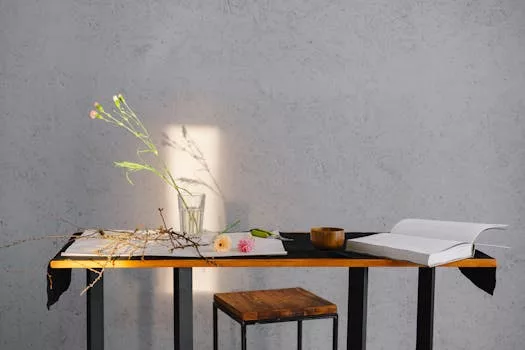
Discover the Power of Mindfulness: Effective Meditation Techniques for Everyday Life
Takeaways: Mindfulness meditation can significantly improve your mental health and overall well-being. Techniques such as focused breathing, body scanning, and loving-kindness meditation offer practical ways to integrate mindfulness into your daily life. Start with just a few minutes a day to experience the benefits.
Mindfulness meditation has gained immense popularity over the years as more people seek effective ways to cope with stress, anxiety, and the fast-paced nature of modern life. This practice encourages individuals to focus on the present moment, promoting a sense of calm and clarity. In this article, we will delve into several mindfulness meditation techniques that can help you cultivate a deeper connection with yourself and enhance your overall well-being.
Understanding Mindfulness Meditation
Before diving into specific techniques, it’s essential to understand what mindfulness meditation is. At its core, mindfulness is the practice of being fully present and engaged in the moment, without judgment. This means observing your thoughts, feelings, and sensations as they arise and learning to accept them without trying to change or control them.
Mindfulness meditation can be practiced in various forms, but the goal remains consistent: to develop a greater awareness of your thoughts and feelings, leading to improved mental clarity and emotional regulation. Research has shown that regular mindfulness practice can reduce stress, enhance focus, and promote emotional well-being.
Techniques for Mindfulness Meditation
Now that you have a foundational understanding of mindfulness meditation, let’s explore some effective techniques you can incorporate into your daily routine.
1. Mindful Breathing
Mindful breathing is one of the simplest and most effective mindfulness meditation techniques. It involves focusing your attention on your breath, observing the natural inhalation and exhalation process. Here’s how to practice mindful breathing:
- Find a quiet and comfortable space to sit or lie down.
- Close your eyes gently and take a few deep breaths to relax.
- Shift your attention to your breath. Notice the sensations of air entering and leaving your nostrils or the rise and fall of your chest.
- If your mind wanders, gently bring your focus back to your breath without judgment.
- Continue this practice for 5-10 minutes, gradually increasing the duration as you become more comfortable.
This technique is excellent for beginners and can be practiced anywhere—whether you’re at home, in the office, or even during a commute.
2. Body Scan Meditation
Body scan meditation is another powerful technique that helps cultivate awareness of physical sensations and tension in the body. Here’s how to do a body scan:
- Lie down comfortably on your back with your arms at your sides.
- Close your eyes and take a few deep breaths to center yourself.
- Begin by bringing your awareness to your toes. Notice any sensations, tension, or relaxation.
- Gradually move your attention up through your body—feet, legs, abdomen, chest, arms, neck, and head—spending a few moments on each area.
- If you encounter areas of tension, breathe into them and consciously relax those muscles.
- Once you reach the top of your head, take a moment to observe your entire body as a whole.
This technique not only promotes relaxation but also helps you develop a deeper connection with your physical self.
3. Loving-Kindness Meditation (Metta)
Loving-kindness meditation, or Metta, is a practice aimed at cultivating compassion and kindness towards yourself and others. This technique can significantly enhance your emotional well-being. Here’s how to practice loving-kindness meditation:
- Find a comfortable seated position and close your eyes.
- Begin by focusing on yourself. Silently repeat phrases such as: “May I be happy, may I be healthy, may I be safe, may I live with ease.”
- After a few minutes, shift your focus to someone you love and repeat the phrases for them.
- Gradually extend your well-wishes to acquaintances, then to people you may have difficulties with, and finally to all beings everywhere.
This practice fosters a sense of connection and compassion, enriching your emotional landscape.
Integrating Mindfulness Meditation into Daily Life
To fully reap the benefits of mindfulness meditation, it’s crucial to integrate these practices into your daily routine. Here are a few tips to help you get started:
- Set a Regular Time: Choose a specific time each day to practice mindfulness meditation. Whether it’s in the morning, during lunch, or before bed, consistency is key.
- Start Small: If you’re new to meditation, start with just 5 minutes a day and gradually increase the duration as you become more comfortable.
- Use Guided Meditations: Consider using apps or online resources that offer guided meditations to help you stay focused and motivated.
- Be Patient: Mindfulness is a skill that takes time to develop. Be patient with yourself and embrace the journey.
By incorporating these mindfulness meditation techniques into your life, you can enhance your mental clarity, reduce stress, and cultivate a deeper sense of peace and well-being.





